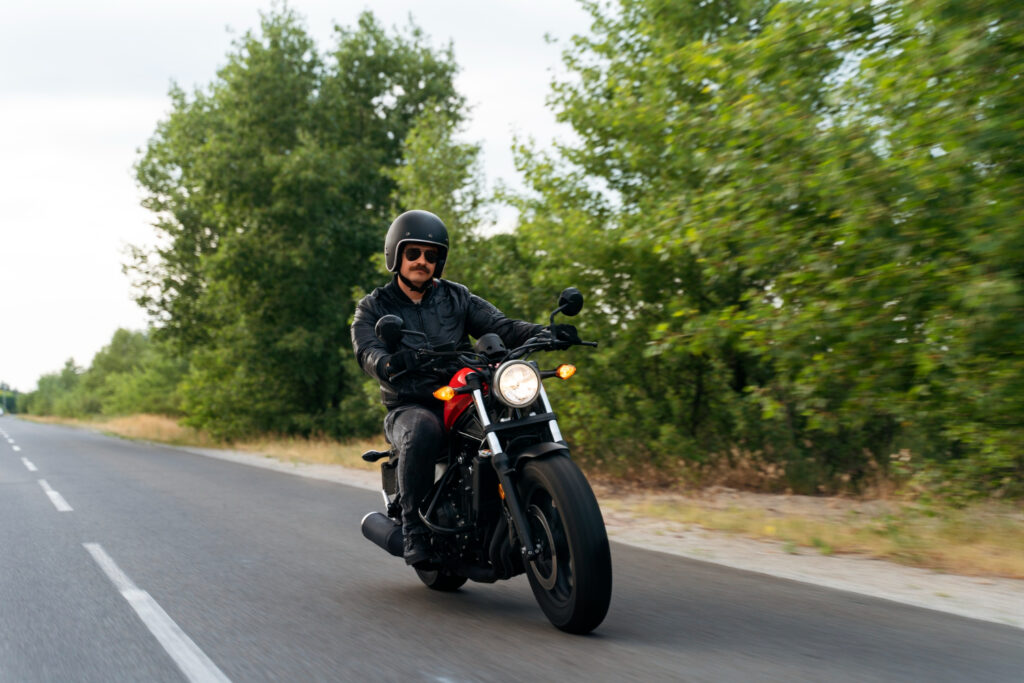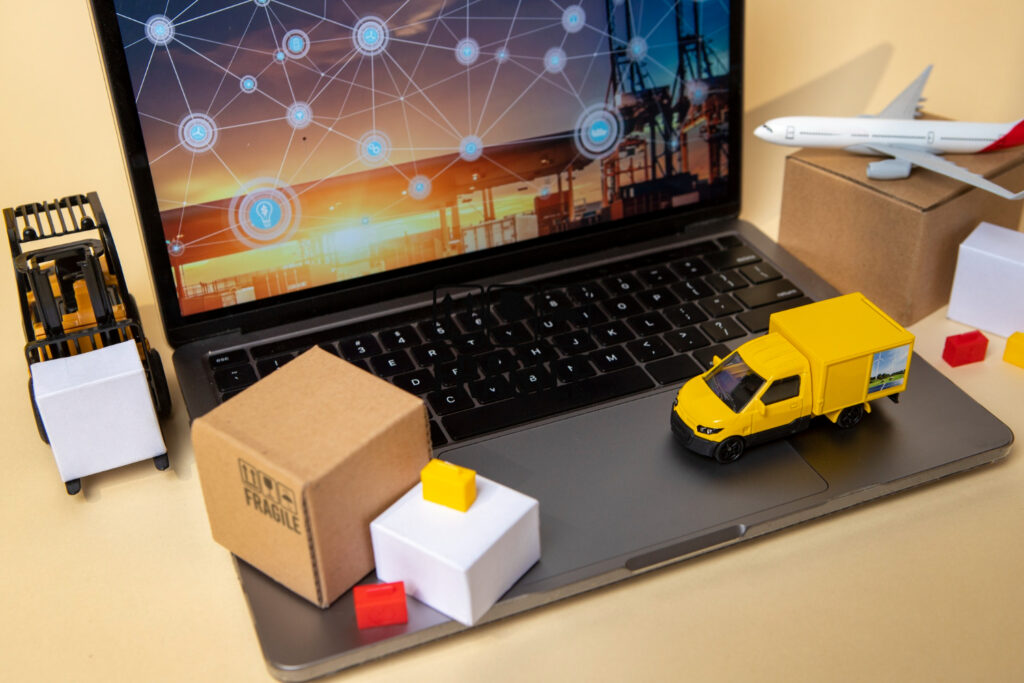Introduction: The Importance of Riding Safely
Why Safety Should Be Your Top Priority
Riding a bike, whether it’s a motorcycle or a bicycle, offers freedom and exhilaration that few other activities can match. However, this freedom comes with responsibility. Ensuring you ride safely is not just about protecting yourself, but also about safeguarding other road users. When we ride safely, we contribute to a more harmonious and secure environment for everyone on the road.
The Risks of Ignoring Safety
Neglecting safety measures can lead to severe consequences. Accidents can cause physical injuries, emotional trauma, and financial burdens. Moreover, they can result in damage to public property and even legal troubles. By prioritizing safety, we can minimize these risks and enjoy a worry-free riding experience.
Essential Gear for Riding Safely
Helmets: Your First Line of Defense
A helmet is the most crucial piece of safety gear for any rider. It protects your head from severe injuries in the event of a crash. Always choose a helmet that meets safety standards and fits snugly on your head. Remember, a good helmet should be replaced after any significant impact, even if there are no visible damages.
Protective Clothing and Accessories
Wearing the right clothing can significantly enhance your safety. Jackets, gloves, pants, and boots designed for riders offer protection against abrasions and impacts. Look for gear with reinforced padding and reflective materials to increase visibility. Don’t forget accessories like goggles or visors to protect your eyes from debris and harsh weather conditions.
Pre-Ride Safety Checks
Inspecting Your Vehicle
Before hitting the road, perform a thorough inspection of your vehicle. Check the tires for proper inflation and tread depth, inspect the brakes for responsiveness, and ensure all lights are functioning correctly. Regular maintenance checks can prevent mechanical failures that might lead to accidents.
Checking Your Gear
Make sure all your safety gear is in good condition. Inspect your helmet for cracks or damage, ensure your clothing fits well and is free of tears, and check that all fastenings and straps are secure. Your gear is your first defense against injuries, so never compromise on its condition.

Understanding Traffic Rules
Know the Laws
Every region has specific traffic laws designed to keep road users safe. Familiarize yourself with the rules of the road, including speed limits, right-of-way regulations, and lane usage. Adhering to these laws not only helps you ride safely but also avoids legal issues.
Signage and Signals
Traffic signs and signals provide critical information and instructions. Always pay attention to them and follow their directives. Understanding and obeying signs and signals can prevent collisions and ensure a smooth flow of traffic.
Mastering Riding Techniques
Balancing and Control
Maintaining balance is crucial for riding safely. Practice slow-speed maneuvers, turns, and stops to enhance your control over the vehicle. Good balance and control can help you navigate through traffic and avoid obstacles more effectively.
Braking and Acceleration
Learning how to brake and accelerate smoothly is essential. Sudden or harsh braking can cause skidding or loss of control, while abrupt acceleration can lead to instability. Practice using both brakes and throttle gradually to maintain a stable ride.
Defensive Riding Strategies
Anticipate and React
Defensive riding involves anticipating potential hazards and reacting appropriately. Keep a safe distance from other vehicles, be aware of blind spots, and watch for sudden movements from other road users. This proactive approach helps you avoid accidents and ride safely.
Communicate with Other Road Users
Use signals to communicate your intentions to other drivers. Hand signals, indicators, and brake lights are vital tools for informing others of your actions. Clear communication can prevent misunderstandings and reduce the risk of collisions.
Navigating Different Road Conditions
Urban Riding
City streets can be hectic and unpredictable. Stay vigilant and expect the unexpected, such as pedestrians jaywalking or cars making sudden stops. Riding at a controlled speed and being ready to react can help you navigate urban environments safely.
Rural and Highway Riding
Riding in rural areas and on highways presents different challenges. Be mindful of animals, uneven road surfaces, and higher speeds. On highways, maintain a steady speed, use mirrors frequently, and stay aware of surrounding traffic to ensure a safe ride.
Night Riding Tips
Enhancing Visibility
Riding at night requires extra caution. Ensure your lights are bright and clean, wear reflective gear, and use high-visibility colors. Being seen is crucial to riding safely after dark.
Adjusting to Low Light
Your vision is limited at night, so reduce your speed and increase following distances. Be extra cautious at intersections and watch for signs of impaired or drowsy drivers. Slow, deliberate actions can make night riding safer.
Riding in Adverse Weather
Rainy Conditions
Wet roads reduce traction, making it easier to slip and fall. Slow down, increase following distances, and avoid sudden maneuvers. Use waterproof gear to stay dry and maintain visibility.
Hot and Cold Weather
Extreme temperatures can affect both your vehicle and your body. In hot weather, stay hydrated and wear ventilated gear. In cold conditions, layer up and ensure your gear keeps you warm without restricting movement.
Group Riding Etiquette
Riding in Formation
When riding with a group, maintain a staggered formation to give each rider enough space. This arrangement allows for better visibility and reaction time, helping everyone ride safely together.
Communication and Signals
Effective communication is vital in group rides. Use hand signals and pre-ride briefings to ensure everyone understands the plan. Keeping the group informed helps prevent accidents and maintains cohesion.
Handling Emergencies
Breakdown Protocols
If your vehicle breaks down, move to a safe location away from traffic. Use hazard lights or signals to alert other road users. Having a basic understanding of vehicle repairs can be beneficial in such situations.
Accident Response
In the event of an accident, prioritize safety. Move to a safe area, check for injuries, and call emergency services if needed. Document the scene with photos and exchange information with involved parties. Knowing how to respond can mitigate the impact of an accident.
Staying Focused and Alert
Avoiding Distractions
Distracted riding is a significant risk factor. Avoid using mobile phones, adjusting music, or engaging in activities that take your attention away from the road. Stay focused to ride safely.
Managing Fatigue
Riding while tired can impair your judgment and reaction time. Take regular breaks, stay hydrated, and avoid riding long distances without rest. If you feel drowsy, stop and rest before continuing your journey.
The Role of Fitness in Safe Riding
Physical Fitness
Being physically fit enhances your riding ability. Regular exercise improves your strength, endurance, and flexibility, which are crucial for controlling your vehicle and reacting to situations on the road.
Mental Fitness
Mental fitness is equally important. Stress, anxiety, and other mental health issues can affect your concentration and decision-making. Practice mindfulness and take care of your mental well-being to ensure you ride safely.
Training and Skill Development
Rider Education Courses
Taking a rider education course can significantly improve your riding skills. These courses cover essential techniques, safety practices, and defensive riding strategies, helping you become a more proficient rider.
Advanced Riding Techniques
Once you’ve mastered the basics, consider advanced riding courses. These programs teach skills like emergency braking, high-speed maneuvering, and off-road riding. Continuous learning ensures you stay prepared for any riding scenario.
Maintaining Your Vehicle
Regular Servicing
Regular maintenance keeps your vehicle in top condition. Follow the manufacturer’s service schedule, and address any issues promptly. A well-maintained vehicle is crucial for riding safely.
DIY Maintenance Tips
Learn basic maintenance tasks like checking tire pressure, oil levels, and brake functionality. Being able to perform these checks yourself can prevent breakdowns and ensure your vehicle is always ready for the road.
Riding with Passengers
Preparing for a Passenger
Riding with a passenger requires adjustments to your riding style. Ensure your passenger understands how to sit, hold on, and communicate with you. Practice riding with a passenger in a safe area before heading out on busy roads.
Balancing and Control
Carrying a passenger affects your vehicle’s balance and handling. Adjust your speed, braking, and turning to accommodate the extra weight. Communicate with your passenger to ensure a smooth and safe ride.
Environmental Awareness
Reducing Your Carbon Footprint
Riding can be environmentally friendly if done responsibly. Choose fuel-efficient vehicles, maintain proper tire pressure, and avoid unnecessary idling. Small actions can significantly reduce your environmental impact.
Respecting Wildlife and Nature
When riding in rural or natural areas, be mindful of wildlife and the environment. Stay on designated paths, avoid littering, and respect animal habitats. Riding responsibly helps preserve these areas for future generations.
Legal and Insurance Considerations
Understanding Insurance Policies
Having the right insurance coverage is essential for riding safely. Understand your policy’s terms, coverage limits, and the process for filing claims. Adequate insurance provides financial protection in case of accidents.
Legal Responsibilities
Riders have specific legal obligations, including licensing, registration, and adhering to traffic laws. Stay informed about legal requirements in your area to avoid fines and legal issues.
Building a Riding Community
Joining Riding Clubs
Riding clubs offer a sense of community and support. Joining a club can provide you with riding partners, organized events, and opportunities to learn from more experienced riders. It’s a great way to enhance your riding experience and stay motivated.
Sharing Knowledge and Experiences
Experienced riders have a wealth of knowledge to share. Participate in forums, social media groups, and local meetups to exchange tips, stories, and advice. Sharing experiences helps everyone in the community ride safely.
Conclusion: The Journey to Riding Safely
Embracing a Safety-First Mindset
Riding safely is a continuous journey that requires commitment and awareness. By adopting a safety-first mindset, you can enjoy the thrill of riding while minimizing risks. Remember, every ride is an opportunity to practice and improve your safety habits.
Encouraging Others to Ride Safely
Lead by example and encourage fellow riders to prioritize safety. Share your knowledge, promote safe riding practices, and support initiatives that enhance road safety. Together, we can create a safer riding environment for everyone.
FAQs about Riding Safely
1. What is the most important gear for riding safely?
The most important gear for riding safely is a helmet, as it provides essential protection for your head in case of an accident.
2. How often should I check my bike for safety?
You should perform a safety check before every ride, focusing on tires, brakes, lights, and overall condition.
3. What should I do if I encounter bad weather while riding?
Slow down, increase following distances, and use appropriate gear to maintain visibility and traction.
4. How can I improve my riding skills?
Consider taking rider education and advanced riding courses to enhance your skills and learn new techniques.
5. What are some common distractions to avoid while riding?
Common distractions include using mobile phones, adjusting music, and engaging in activities that take your focus off the road.
6. How can I stay alert during long rides?
Take regular breaks, stay hydrated, and rest when needed to avoid fatigue and maintain focus.
7. Is it safe to ride with a passenger?
Yes, but it requires adjustments to your riding style and ensuring your passenger understands how to ride safely with you.
8. How can I reduce my environmental impact while riding?
Choose fuel-efficient vehicles, maintain proper tire pressure, and avoid unnecessary idling to reduce your carbon footprint.
9. What should I do in case of a breakdown or accident?
Move to a safe location, use signals to alert others, and follow emergency protocols to ensure safety.
10. How can I encourage others to ride safely?
Lead by example, share your knowledge, and promote safe riding practices within your community.





